Material and clearances for gas cooktop from electric
4 years ago
Featured Answer
Sort by:Oldest
Comments (11)
- 4 years agolast modified: 4 years ago
Related Professionals
Ham Lake Cabinets & Cabinetry · Newcastle Cabinets & Cabinetry · Ronkonkoma Architects & Building Designers · Dumont Furniture & Accessories · Buena Park General Contractors · Hampton General Contractors · Kemp Mill General Contractors · Lake Forest Park General Contractors · Rowland Heights General Contractors · San Elizario General Contractors · Beachwood Kitchen & Bathroom Remodelers · Apex Kitchen & Bathroom Remodelers · Gibsonton Kitchen & Bathroom Remodelers · Palos Verdes Estates Cabinets & Cabinetry · South Riding Cabinets & Cabinetry- 4 years ago
- 4 years ago
- 4 years ago
- 4 years ago
- 4 years ago
- 4 years agolast modified: 4 years ago
- 4 years ago
- 4 years ago
- 4 years ago
Related Stories

KITCHEN APPLIANCESFind the Right Cooktop for Your Kitchen
For a kitchen setup with sizzle, deciding between gas and electric is only the first hurdle. This guide can help
Full Story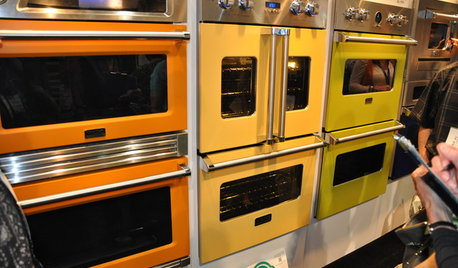
KITCHEN DESIGNStandouts From the 2014 Kitchen & Bath Industry Show
Check out the latest and greatest in sinks, ovens, countertop materials and more
Full Story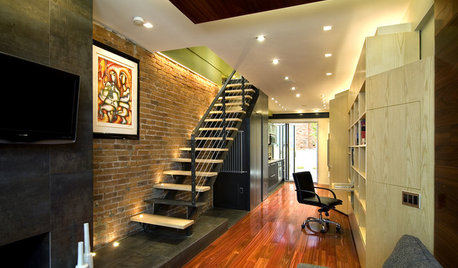
HOUZZ TOURSDesign Lessons From a 10-Foot-Wide Row House
How to make a very narrow home open, bright and comfortable? Go vertical, focus on storage, work your materials and embrace modern design
Full Story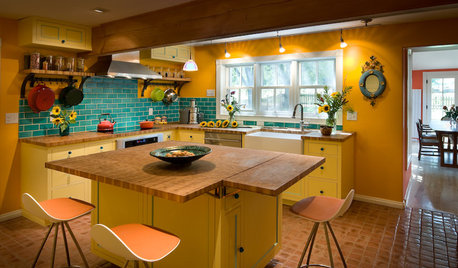
COLORFUL KITCHENSKitchen of the Week: From Style Mishmash to Streamlined Farmhouse
Vibrant colors and rustic materials give an 1800s Colorado kitchen a thoughtful contemporary update
Full Story
TREE HOUSESSwaying From Sleepovers to Dinner Parties in a Colorado Tree House
Folks of all ages have it made in the shade in this fun little house, thanks to electricity, a kitchenette and a rooftop deck
Full Story
TILETop Tile Trends From the Coverings 2013 Show — the Wood Look
Get the beauty of wood while waving off potential splinters, rotting and long searches, thanks to eye-fooling ceramic and porcelain tiles
Full Story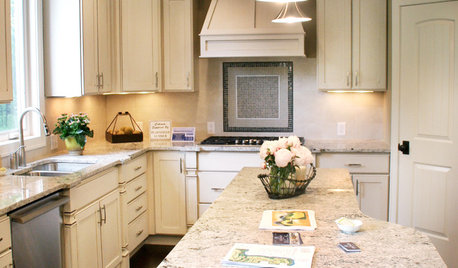
KITCHEN DESIGNKitchen Countertops 101: Choosing a Surface Material
Explore the pros and cons of 11 kitchen countertop materials. The options may surprise you
Full Story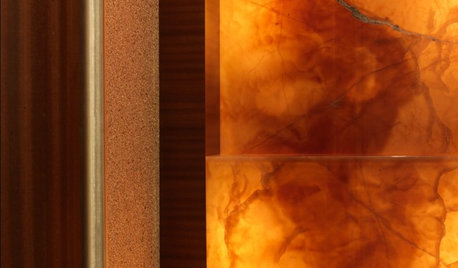
REMODELING GUIDESGreat Material: Illuminated Onyx
Light up this golden natural stone for a stunning interior design element
Full Story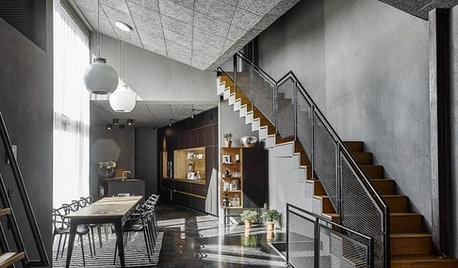
HOMES AROUND THE WORLDHouzz Tour: From German Gingerbread Factory to Family Home
A courtyard draws light into a sustainable house where warm wood and industrial asphalt mix
Full Story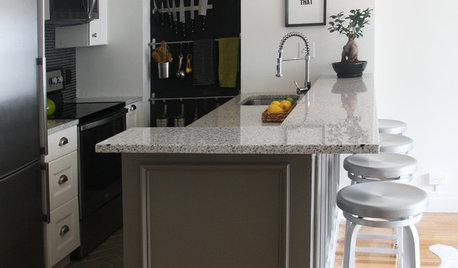
BEFORE AND AFTERSA Boston Kitchen and Bath Go From Dreary to Darling
See how a $25,000 renovation budget gave 2 outdated spaces in a small Massachusetts apartment a brand-new look
Full Story
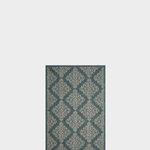

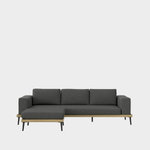
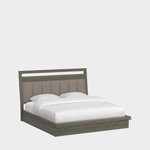

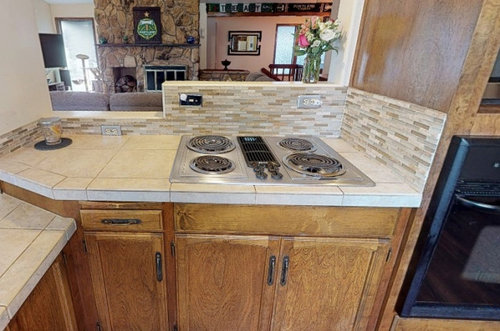

decoenthusiaste